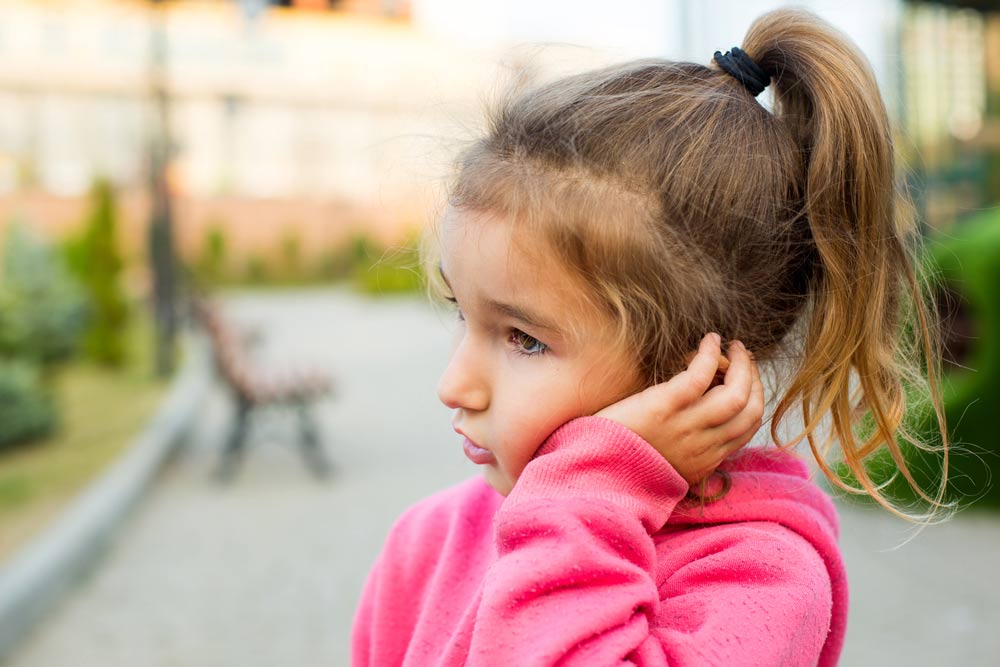At Alderwood Children’s Dentistry, we are proud to be the trusted provider of kid-friendly dental treatments in Bothell and Lynnwood, WA. Our team of specialists is dedicated to helping our youngest patients achieve and maintain good oral health throughout each of their development stages. That also includes empowering their parents and caregivers with the knowledge and guidance to take care of their children’s teeth: both their primary (baby) teeth and their eventual permanent (adult) teeth.
Types Of Teeth
Our teeth are different shapes and sizes, and they all grow at different rates and locations in our mouths. Each tooth has a different function, but they all work together to help us chew, speak, and, of course, flash a smile! Babies are born with 20 primary teeth, and most adults have 32 teeth (including wisdom teeth). The names of each group of teeth are:
- Front teeth: Incisors
- Sharp, “fang-like” teeth: Canines
- Wider teeth located next to canines: Premolars or Bicuspids
- Even wider back teeth: Molars
The First Eruption: Baby Teeth
Tooth eruption refers to the process in which teeth emerge from the gums and become visible. Newborn infants are actually born with many of the 20 primary teeth completely formed in the jawbone. These primary teeth gradually erupt through the gums, as early as 6 to 8 months after birth. By the time a child is 3 or 4 years old, they will have a mostly full set of primary teeth.
Although primary teeth are temporary, they should receive plenty of good care. They are important for your child to chew their food and pronounce words properly, and when it comes to oral health, parents and caregivers should begin care immediately. After each feeding, be sure to wipe your child’s gums with a clean wet washcloth or gauze pad. When the primary teeth finally begin to appear, tooth decay can set in quickly, especially when the teeth are exposed to sugary liquids frequently and for long periods of time. Tooth decay can cause painful cavities, and it may affect your child’s permanent teeth developing under the primary teeth. The eruption of the first tooth is a good time to see our pediatric dentist for the first time, too!
Parents can reduce the risk of tooth decay by never allowing your child to fall asleep with a bottle of formula, milk, juice, or any sweetened liquid. When the first tooth appears, parents also begin brushing with a little water, and when the child turns two, they can supervise using fluoride toothpaste. Eventually, your child should be taught how to brush on their own, spit out toothpaste, and rinse their mouth.
The Eruption Of Permanent Teeth
By the time your child is 6 to 7 years old, they will start feeling some of their baby teeth getting loose and their permanent teeth coming in. The incisors are the first to fall out and be replaced, and the process works its way to the back of the mouth. The last teeth to erupt are the molars, and by about 12 to 14 years old, all permanent teeth should be in place. Wisdom teeth often start coming in during the late teen years, and they will typically need to be removed due to a lack of space for the teeth to fully erupt.
Contact Your Bothell Pediatric Dentist For Your Child’s Dental Care
Establishing good oral care habits is important for children, especially as their permanent teeth come in. They will be living with and using these teeth for the rest of their lives, and they should become accustomed to seeing their dentist as well. Dr. Dongkook “DK” Lim and his team at Alderwood Children’s Dentistry are proud to provide a comfortable environment and exceptional dentistry services for children of all ages. If you have any questions for us, please feel free to contact us or schedule an appointment at our Lynnwood office. We hope to see you soon!

